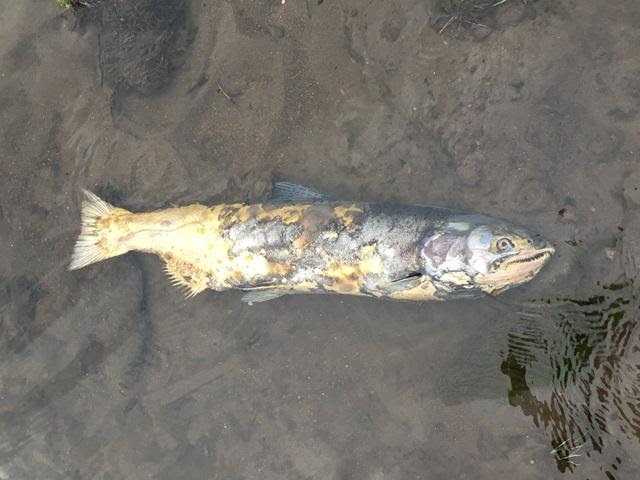|
The first emergency drought curtailments were issued in Siskiyou County in 2021. Ever since, Tribes, Trade Associations and grassroots NGO’s have been tracking the state’s precarious methods of water-use accounting and curtailment enforcement. While curtailments have proven effective at improving salmon numbers, those numbers are still a small fraction of historic populations. It is doubtful that improvements on the Klamath and elsewhere will be sufficient to re-open commercial and recreational salmon fishing in 2025.
The Water Board has released its draft emergency regulation (E-reg) for extending instream flow requirements on the Scott and Shasta rivers for another summer and scheduled a public hearing on the regulation for January 7, 2025. Advocates including CSPA urge more consistent and cost-effective methods for reducing non-essential water withdrawals than issuing emergency-driven, bare-minimum, belly-scraping flow requirements on an annual basis. To date, the requirements have relied heavily on non-transparent “Local Cooperative Solutions” (LCSs), which are essentially Voluntary Agreements for the Shasta and Scott rivers.
Over the next year, State Water Board staff has been directed to investigate flows required to support a range of recovery scenarios from “delisting” to “harvestable surplus”. Staff is also tasked with conducting an economic analysis to estimate financial risks and benefits of recovery flows vs. bare-minimum flows currently enforced through the E-reg. Hopefully, these studies will lead to passage of permanent instream flow requirements suitable to replenish a harvestable surplus of Chinook salmon migrating to clean, cold, higher-elevation Klamath tributaries in 2026.
On the other side of Mount Shasta, the Pit River Tribe is petitioning the Biden Administration to designate Sattitla as a National Monument before leaving office on Jan. 20. Sattitla is the indigenous name for Medicine Lake Highlands, which have been targeted by the energy industry for geothermal power development over the past 20 years. National Monument protection would allow forestland and other existing water uses to continue, but prohibit any new land-use currently not permitted. Averting aquifer contamination and depletion through energy development in Sattitla would be a huge boon to biodiversity, cultural heritage, and California’s water supply reliability. See CSPA’s letter of support to learn more.
Among the most viable and promising habitat restoration projects slated for salmon and steelhead in the Sacramento River watershed is the decommissioning of PG&E’s Battle Creek hydropower project. PG&E’s License Surrender Application and Decommissioning Plan is scheduled for release and completion over the next three years. If various government agencies can cooperate and resolve peripheral but related impediments, such as the Coleman National Fish Hatchery’s reliance on the Coleman Diversion Dam for its primary water supply, Battle Creek dam removal will allow access to nearly 50 miles of anadromous habitat by sometime in the 2030s. CSPA is grateful to be working with the Battle Creek Watershed Conservancy and also with fellow members of the Hydropower Reform Coalition to engage Tribal partners, educate local interests, and assist in navigating FERC’s regulatory process.
|

